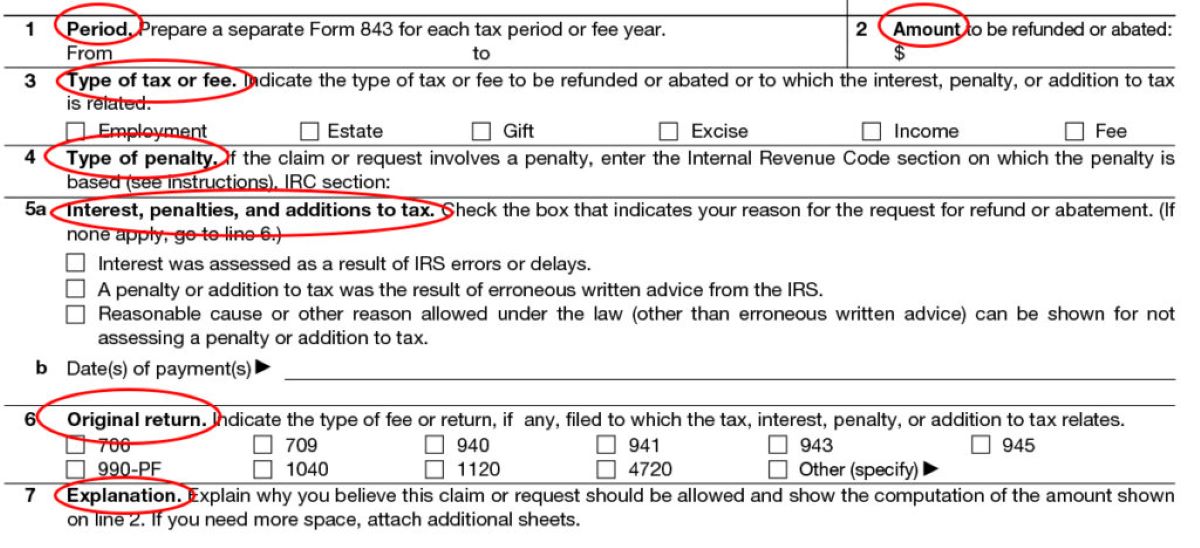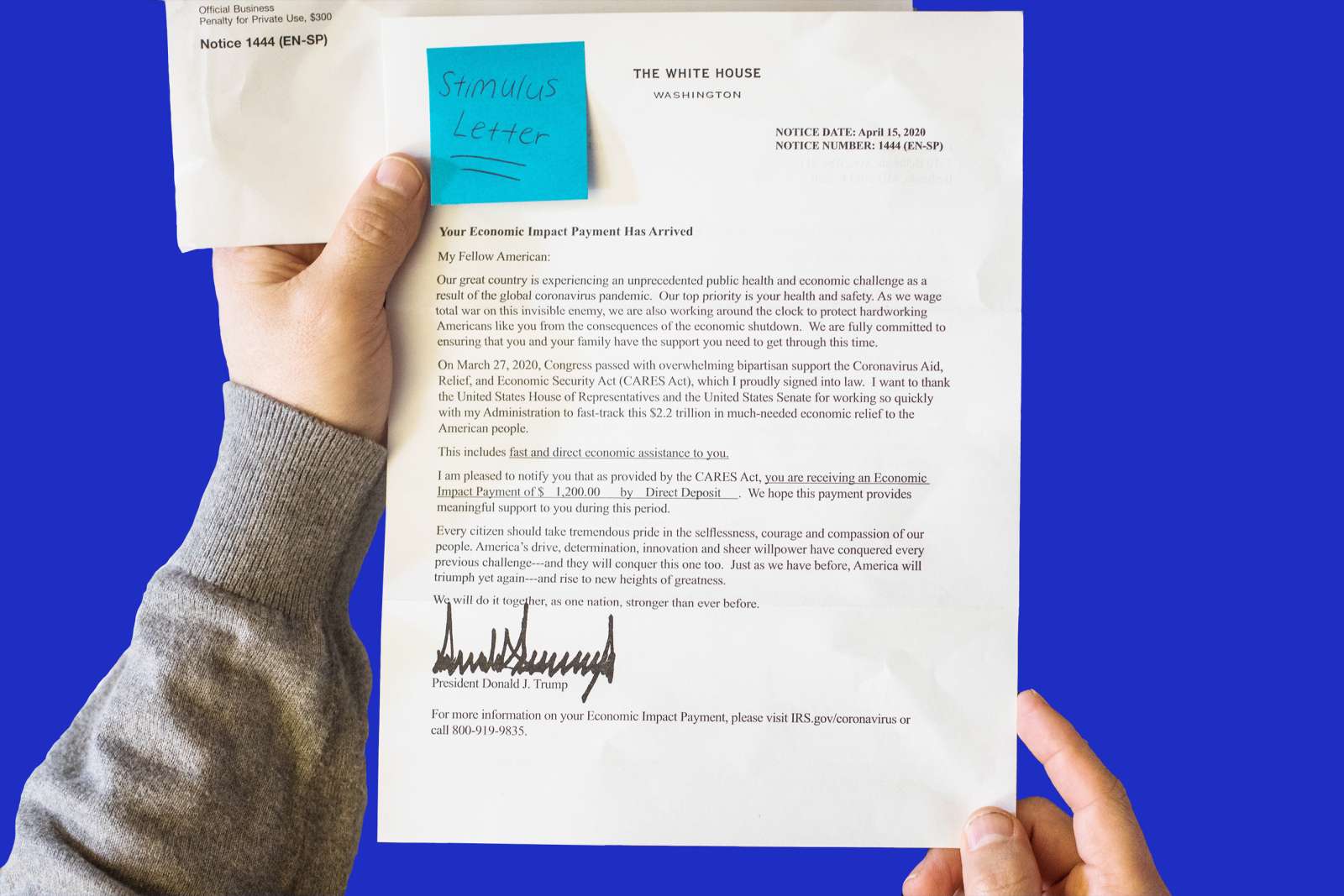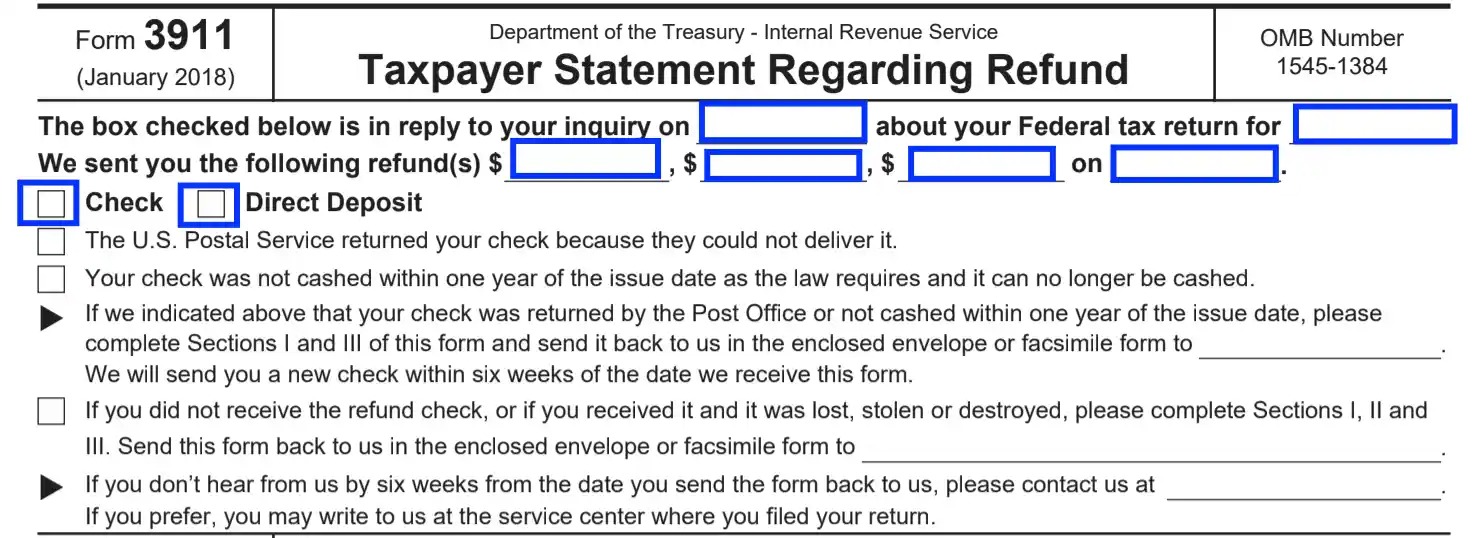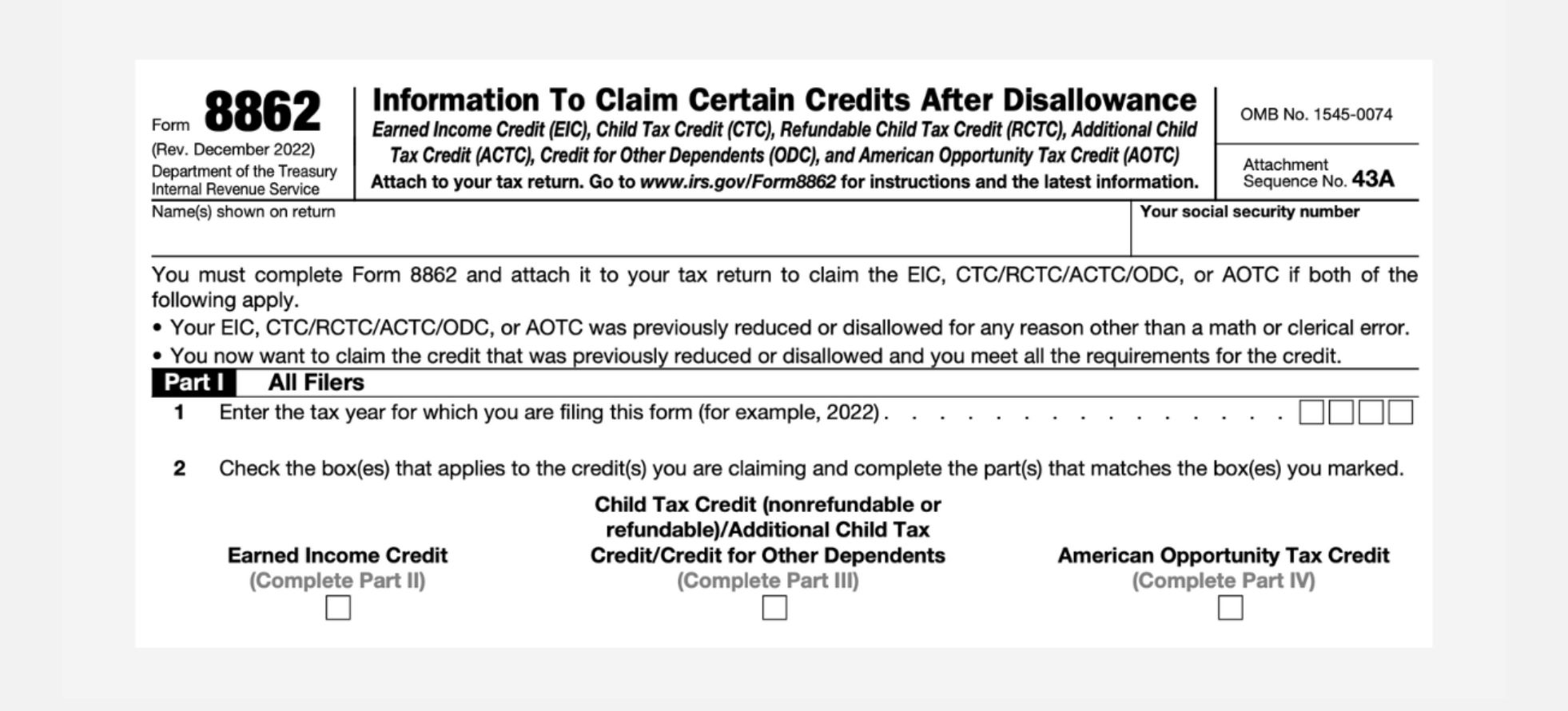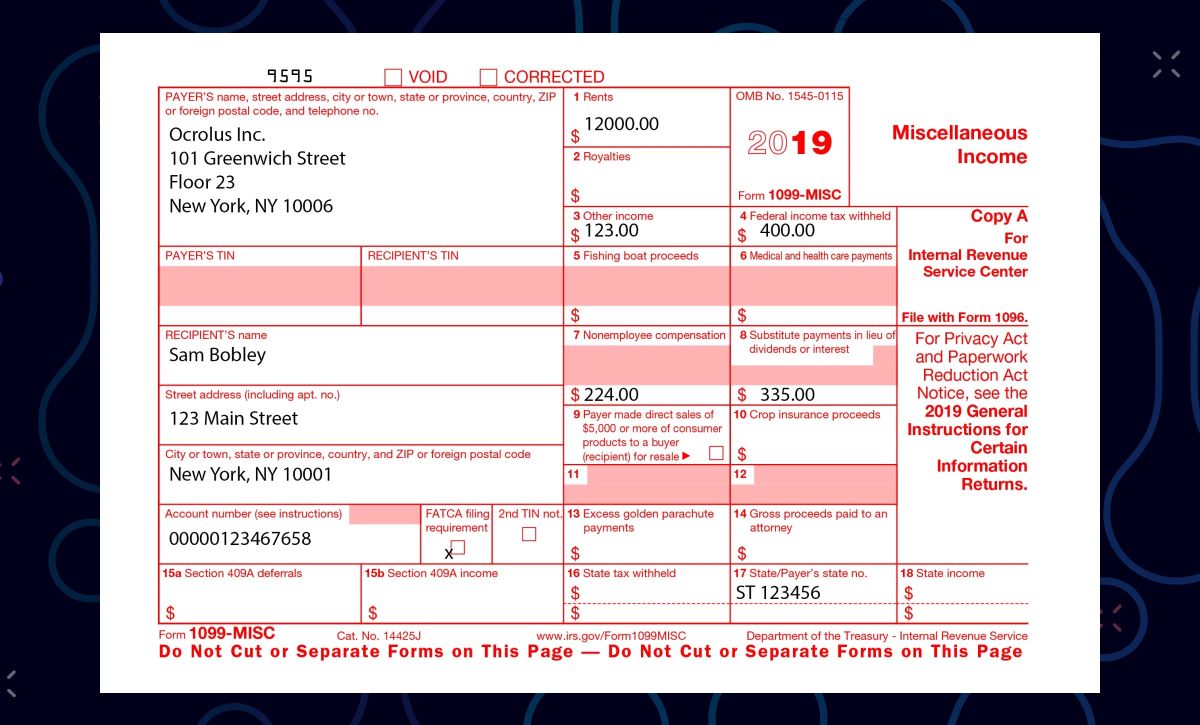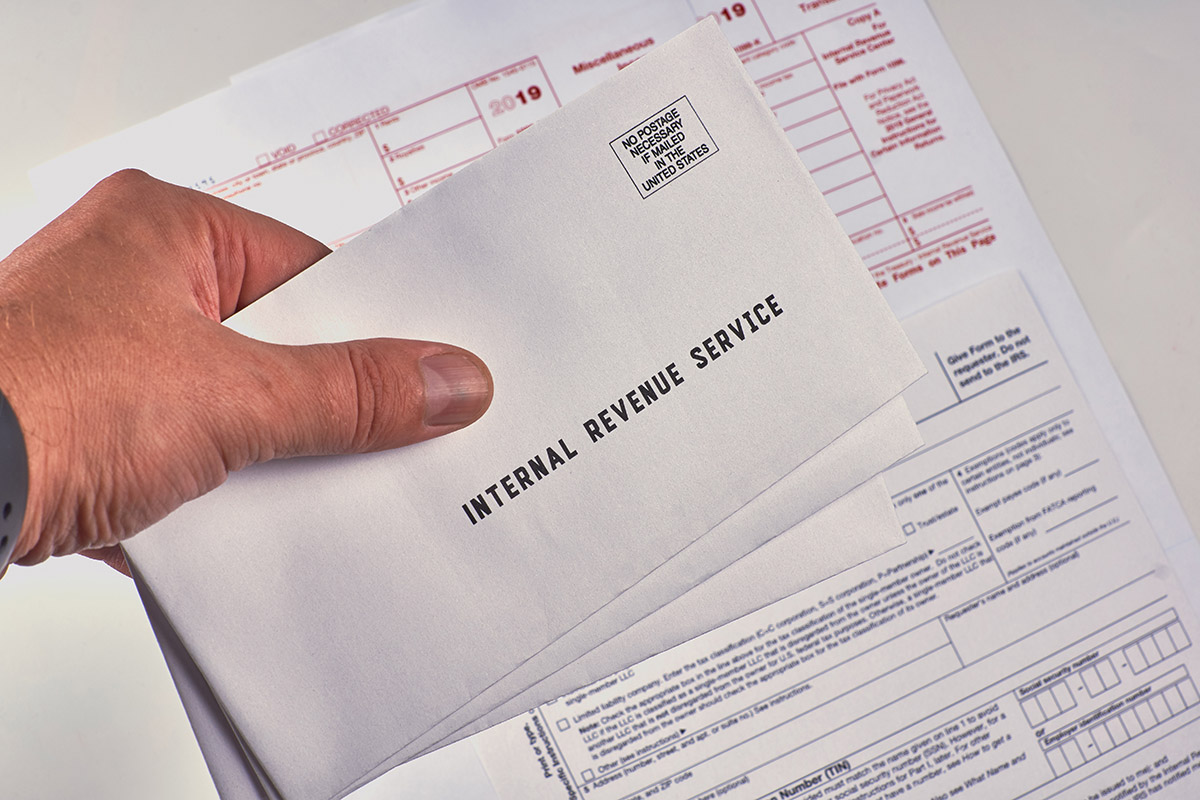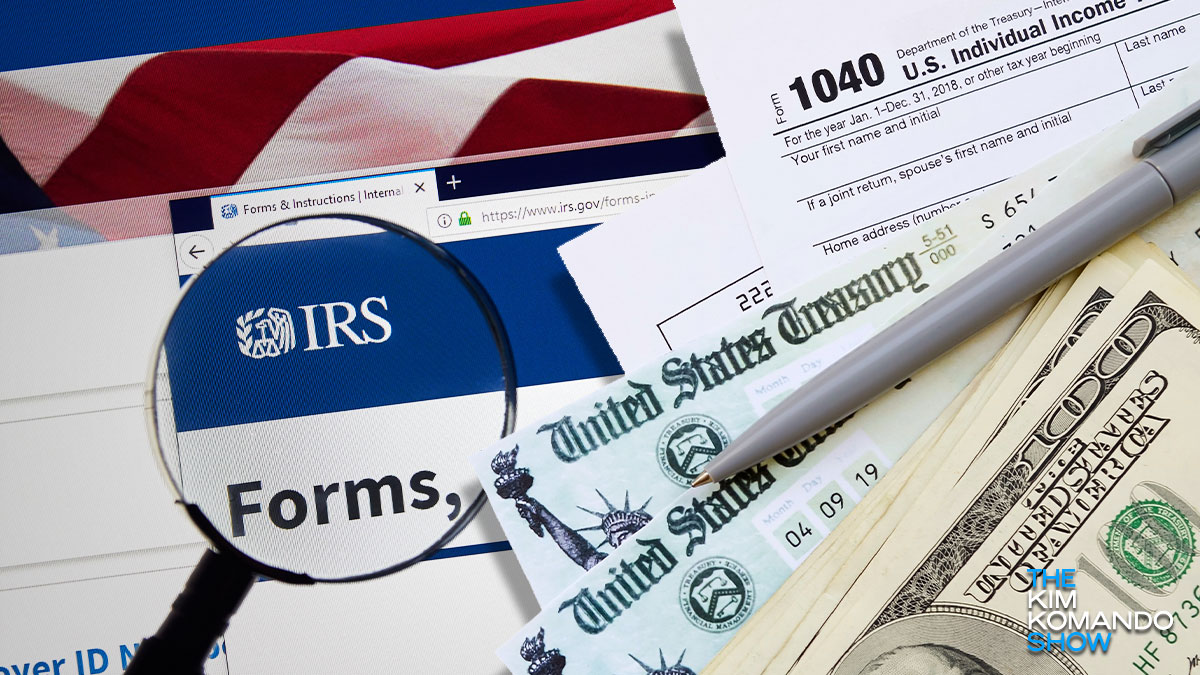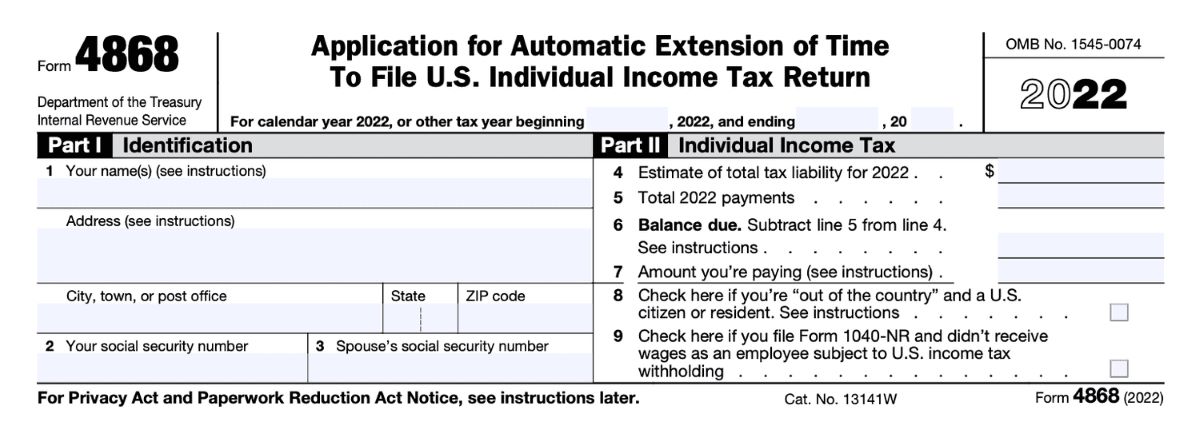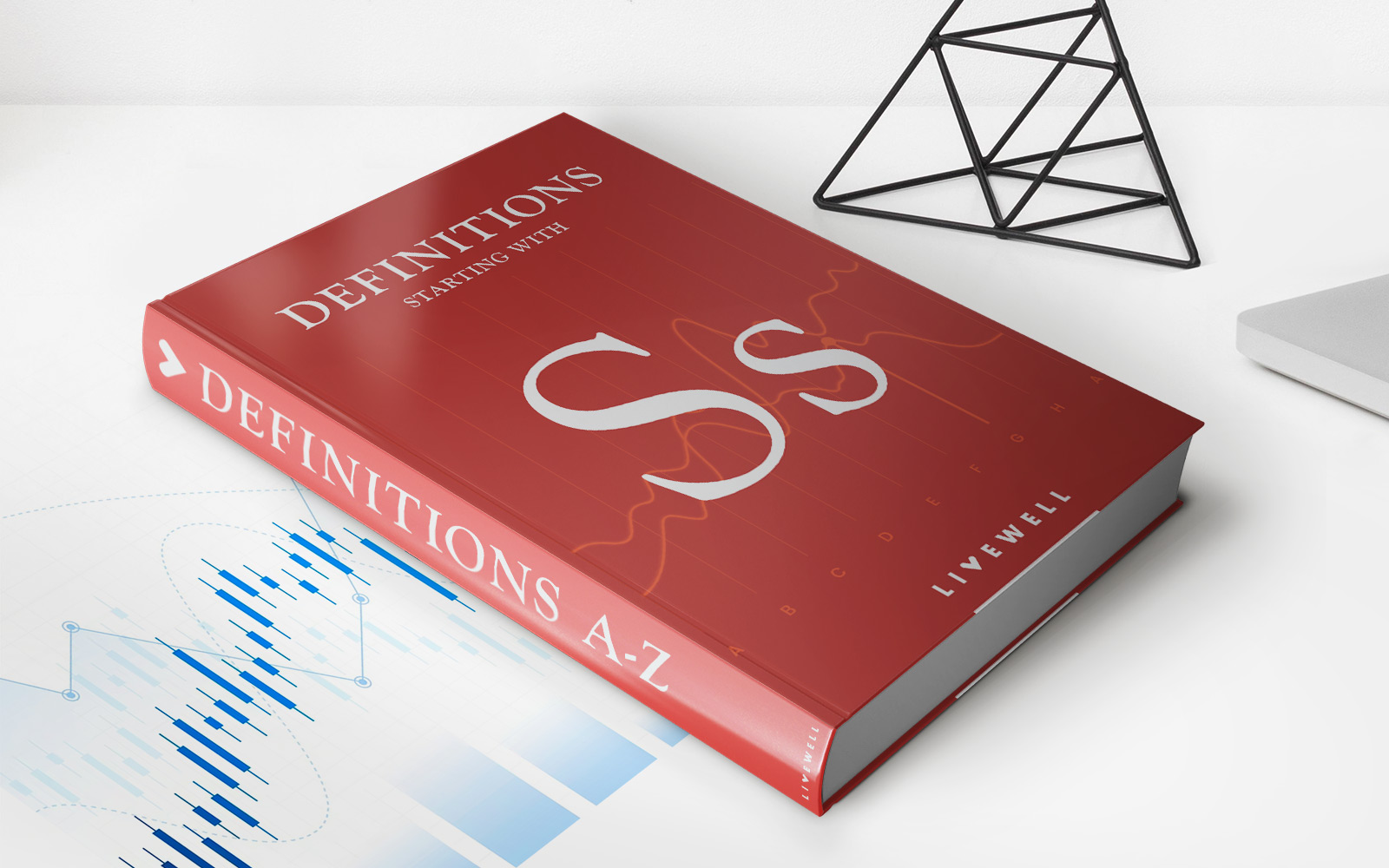

Finance
Where To Mail Form 1065 To The IRS
Published: November 1, 2023
Discover the correct mailing address for submitting your Form 1065 to the IRS and ensure your finance documents are delivered securely.
(Many of the links in this article redirect to a specific reviewed product. Your purchase of these products through affiliate links helps to generate commission for LiveWell, at no extra cost. Learn more)
Table of Contents
Introduction
Welcome to our guide on where to mail Form 1065 to the IRS. Form 1065, also known as the U.S. Return of Partnership Income, is a tax form used by partnerships to report their earnings, deductions, and other important financial information to the Internal Revenue Service (IRS).
Understanding the filing requirements and proper mailing procedures for Form 1065 is crucial for partnership owners and authorized individuals responsible for filing their tax returns. In this article, we will provide you with a comprehensive overview of Form 1065, explain the filing requirements, and guide you on where to properly mail your completed forms.
Whether you are new to partnerships or have been in business for years, understanding the taxation rules and requirements is essential for staying compliant with the IRS. By gaining a solid understanding of Form 1065 and its filing process, you can ensure that your partnership meets all its tax obligations and avoids any penalties or interest charges.
Overview of Form 1065
Form 1065 is specifically designed for partnerships, including general partnerships, limited partnerships, limited liability partnerships (LLPs), and certain other types of joint ventures. Partnerships are considered “pass-through” entities for tax purposes, meaning that the partnership itself does not pay income tax. Instead, the income, deductions, credits, etc., are passed through to the individual partners who report them on their personal tax returns.
Form 1065 serves as the partnership’s annual information return, providing the IRS with a summary of the partnership’s financial activity for the tax year. The form requires detailed information about the partnership, including the names and addresses of the partners, the nature of the partnership’s business, and the partnership’s income, deductions, credits, and tax liability.
Partnerships are required to file Form 1065 by the 15th day of the third month after the end of the partnership’s tax year. For most partnerships operating on a calendar year basis, the filing deadline is March 15th. However, if the partnership requests an extension, the deadline can be extended to September 15th. It is important to note that even if the partnership does not have any income or tax liability for the year, it still needs to file Form 1065.
When completing Form 1065, partnerships must also provide each partner with a Schedule K-1, which details the partner’s share of the partnership’s income, deductions, credits, etc. Each partner must then report this information on their individual tax return (Form 1040).
Now that we understand the purpose and importance of Form 1065, let’s delve deeper into the filing requirements and learn where to properly mail this form to the IRS.
Understanding the Filing Requirements
Before we discuss where to mail Form 1065, it is important to understand the filing requirements associated with this tax form. Partnership owners and authorized individuals responsible for filing Form 1065 must ensure compliance with the IRS regulations to avoid penalties and potential scrutiny.
Here are some key filing requirements for Form 1065:
- Tax Year: Partnerships must have a consistent tax year, which can either be a calendar year or a fiscal year. The tax year should be reported on the Form 1065.
- Electronic Filing: Generally, partnerships with 100 or more partners are required to file Form 1065 electronically. However, electronic filing is encouraged for all partnerships as it offers benefits such as faster processing and confirmation of receipt.
- Schedule B: If the partnership had more than $250,000 in assets at any point during the tax year, it is required to attach Schedule B, which provides additional details about the partnership’s assets.
- Schedule M-3: Partnerships with total assets of $10 million or more are required to complete Schedule M-3, which provides additional information about the partnership’s financial statements.
- Penalties: Failure to file Form 1065 by the due date can result in penalties. The penalty is generally calculated based on the number of partners in the partnership and the number of months the return is late.
It is crucial to review the IRS instructions for Form 1065 to ensure compliance with all filing requirements specific to your partnership’s situation. By understanding the filing requirements, you can properly prepare and complete your Form 1065 for timely submission to the IRS.
With the filing requirements understood, let’s move on to the next section to learn where to mail Form 1065 to the IRS.
Where to Mail Form 1065
Once you have completed Form 1065 and any applicable schedules, it’s time to properly mail the form to the IRS. The mailing address for Form 1065 depends on the location of your partnership and whether you are enclosing payment or not.
If you are not enclosing payment with your Form 1065, use the following address for regular mail:
Department of the Treasury
Internal Revenue Service Center
Kansas City, MO 64999
Alternatively, if you are enclosing payment with your Form 1065, use the following address for regular mail:
Internal Revenue Service
PO Box 37941
Hartford, CT 06176-7941
Please note that if you are using a private delivery service such as FedEx or UPS, the address may be slightly different. Be sure to check the specific instructions provided by the IRS for private delivery service addresses.
It is important to double-check the mailing address before sending your Form 1065 to ensure accurate delivery. Sending the form to the wrong address may cause delays in processing or even result in penalties if the deadline is missed.
Remember to keep a copy of your completed Form 1065 and any supporting documents for your own records. Additionally, consider using a trackable mailing method or certified mail to have proof of delivery and ensure the IRS receives your form.
Now that you know where to mail Form 1065, you can confidently send your completed form to the appropriate IRS address, ensuring compliance with the filing requirements.
Additional Resources
Understanding the process of filing Form 1065 and where to mail it to the IRS is crucial for partnership owners and authorized individuals. However, it’s also important to stay informed and up-to-date on any changes or updates regarding partnership taxation.
Here are some additional resources that can help you navigate the complexities of Form 1065 and partnership taxation:
- IRS Website: The official website of the Internal Revenue Service (IRS) is a valuable resource for all tax-related information. You can find detailed instructions, forms, publications, and other resources specifically related to Form 1065 on their website (https://www.irs.gov).
- IRS Publication 541: This publication provides in-depth guidance on partnership taxation, including information on how to complete Form 1065 and understand the various schedules and forms that may be required.
- Tax Professionals: Consulting with a tax professional, such as a certified public accountant (CPA) or a tax attorney, can provide personalized guidance tailored to your specific partnership situation. They can help you navigate the complexities of partnership taxation and ensure compliance with IRS regulations.
- IRS Taxpayer Assistance Centers: If you prefer to seek help in person, you can visit an IRS Taxpayer Assistance Center (TAC) near you. TACs offer one-on-one assistance with tax-related inquiries and can provide guidance on Form 1065 and partnership taxation.
By utilizing these additional resources, you can stay informed, access helpful guides and publications, and seek professional assistance when needed. This will help you navigate the partnership tax filing process smoothly and ensure compliance with the IRS requirements.
Continue to educate yourself on partnership taxation and stay abreast of any updates or changes to the tax laws to ensure accurate and timely filing of Form 1065.
Conclusion
Filing Form 1065 is an important responsibility for partnerships, and understanding the filing requirements and where to mail the form is essential for compliance with the IRS. By adhering to the guidelines and procedures outlined in this article, you can ensure that your Form 1065 is submitted accurately and on time.
We discussed the purpose and overview of Form 1065, which serves as the partnership’s annual information return. We also highlighted the importance of understanding the filing requirements specific to Form 1065, including the tax year, electronic filing requirements, and potential penalties for late filing.
When it comes to mailing Form 1065, we provided the appropriate addresses based on whether or not payment is enclosed. Double-checking the mailing address and considering trackable mailing methods can help ensure that your form reaches the IRS accurately and in a timely manner.
Lastly, we shared additional resources, such as the IRS website, publications, and seeking guidance from tax professionals or visiting IRS Taxpayer Assistance Centers. These resources can further assist you in navigating partnership taxation and answer any additional questions or concerns you may have.
Remember, staying informed and up-to-date on partnership taxation rules and regulations is crucial for maintaining compliance with the IRS. By following the appropriate procedures and seeking professional advice when needed, you can successfully fulfill your tax obligations as a partnership.
Now that you have a solid understanding of where to mail Form 1065 and the requirements involved, you can confidently handle your partnership’s tax filing process. By staying organized, submitting your forms on time, and seeking assistance when necessary, you’ll be well on your way to maintaining a seamless tax compliance record.
